Some animals survive by being faster, stronger, or more aggressive; others win by disappearing.

Camouflage is one of nature’s most clever survival strategies. Whether it’s to avoid predators, ambush prey, or simply blend into a complex environment, these animals have evolved remarkable ways to make themselves invisible—or at least hard to notice.
It’s not just about looking like a rock or a leaf. Camouflage can involve colour, shape, movement, and even behaviour. Some animals change their appearance in seconds, while others spend their whole lives in a body perfectly built to vanish. Here’s a look at some of the most fascinating masters of disguise in the animal kingdom—and how they pull it off.
Cuttlefish
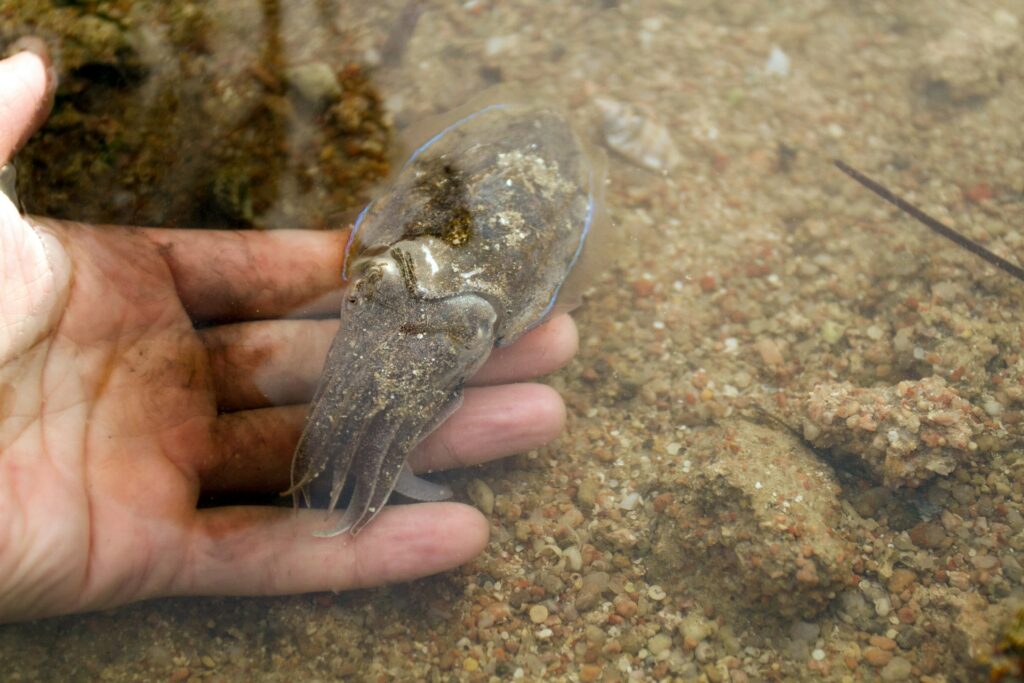
Cuttlefish are arguably the most sophisticated camouflagers on Earth. They can change the colour, texture, and even pattern of their skin in the blink of an eye. They use special skin cells—chromatophores, iridophores, and leucophores—that expand and contract to reflect light in different ways.
What’s truly mind-blowing is that cuttlefish can do this despite being colour-blind. They rely on light contrast and polarised light detection to read their environment and match it. Their mimicry isn’t just about hiding—it’s used in hunting, mating displays, and confusing both prey and predators.
Leaf-tailed geckos

Native to Madagascar, leaf-tailed geckos have evolved to look exactly like dead leaves. Their bodies are flat, their tails mimic curled edges or stems, and their colouration is mottled like a decaying leaf. Some even have tiny notches in their tails that look like insect bite marks. They press themselves against tree bark or among leaf litter and go completely unnoticed. During the day, they barely move, relying entirely on their disguise to stay safe from predators.
Pygmy seahorses
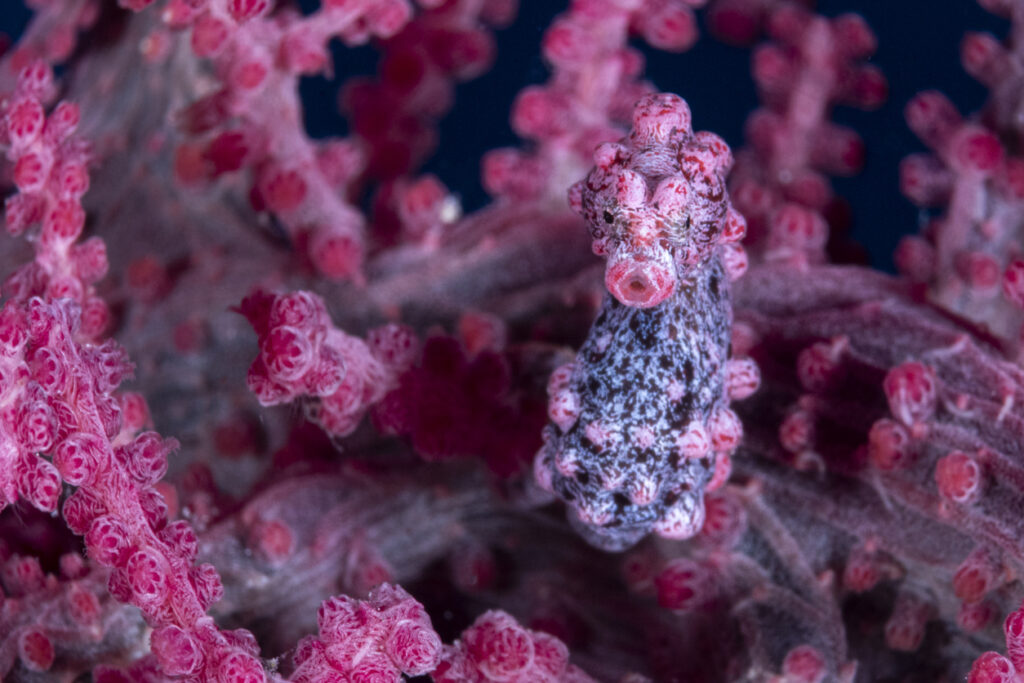
These tiny creatures, barely 2 cm long, are found clinging to sea fans and soft corals in the Indo-Pacific. What makes them extraordinary is their ability to match the exact texture and colour of their coral host, right down to the bumps and polyps.
Scientists believe this camouflage may develop after they settle on a coral and begin growing. Their survival depends on it; they’re slow, weak swimmers, and completely vulnerable if spotted. Their trick is not looking like something else, but disappearing into what they’re already part of.
Snow leopards

High in the mountains of Central Asia, snow leopards are notoriously difficult to spot. Their grey-and-white coats are covered in rosettes that mimic the rocky, snowy terrain of their environment. Their stealth is legendary, which is why they’re often called “ghosts of the mountains” by those who study them. Their camouflage isn’t just about colour. They move with precision, avoid exposed areas, and blend into the landscape by knowing when to stay still. This helps them sneak up on prey and avoid detection by potential threats.
Leaf insects
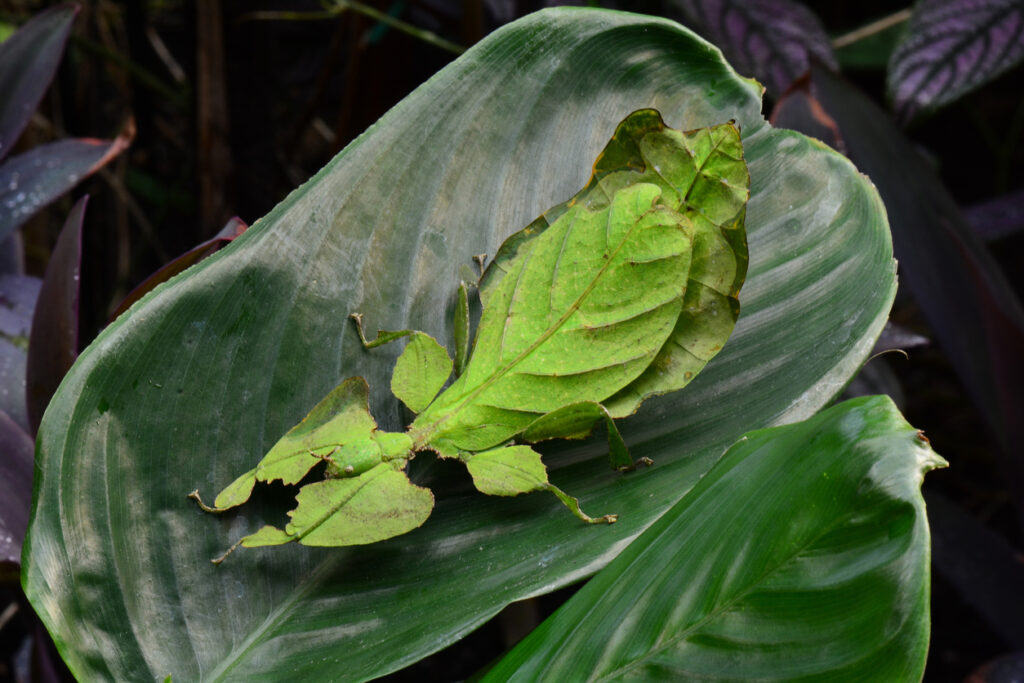
Leaf insects take mimicry to an artistic level. Found in Southeast Asia, they look so much like leaves that even their legs have what appear to be veins and tears, just like a chewed-up plant. They sway slightly when they walk, imitating the motion of a leaf in the breeze. They’re herbivores, so they spend their lives among the same plants they mimic. It’s a survival strategy that works so well that predators often overlook them completely, even when they’re right in front of them.
Stonefish

The stonefish doesn’t just hide, it lies in wait. This venomous fish blends in perfectly with rocky sea beds and coral reefs. Its rough skin, mottled colouration, and stillness make it nearly impossible to see. What makes it especially dangerous is that it’s also one of the most venomous fish in the world. If stepped on, it delivers a sting that can be extremely painful, or even fatal. Its camouflage is both defence and offence: it avoids detection while waiting to ambush prey.
Owl butterflies
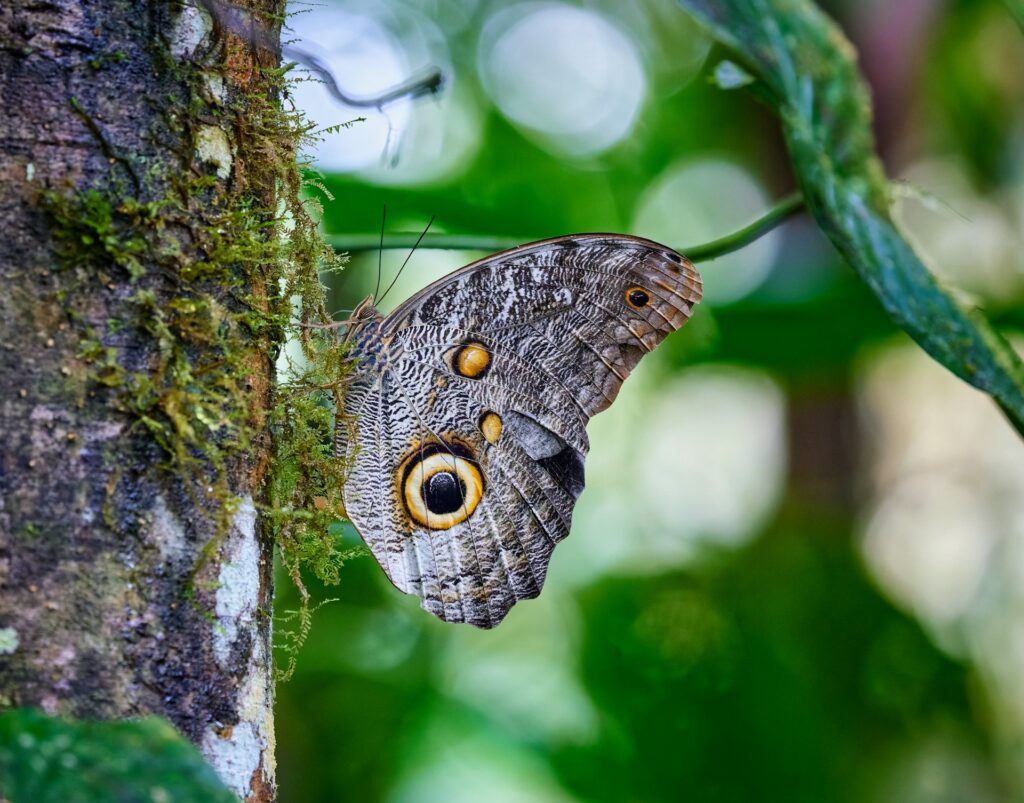
Large and slow-flying, owl butterflies are easy targets, so they’ve evolved a clever decoy. Their wings are patterned with enormous eye spots that mimic the eyes of an owl or a larger animal. These eye spots serve two purposes: they can scare off potential predators, and they can also misdirect attacks away from the butterfly’s head toward its wings. It’s a defence based on illusion, rather than true invisibility, but it works remarkably well.
Arctic foxes

The Arctic fox changes its coat with the seasons. In winter, it wears a thick, white coat that blends perfectly with snow and ice. Come summer, it sheds that coat for a brown or grey one that matches the rocky tundra. That seasonal camouflage is energy-efficient and practical. It lets the fox hunt and move unnoticed in changing landscapes. Their fur doesn’t just hide them; it insulates them in brutal cold, giving them both warmth and stealth.
Great potoos
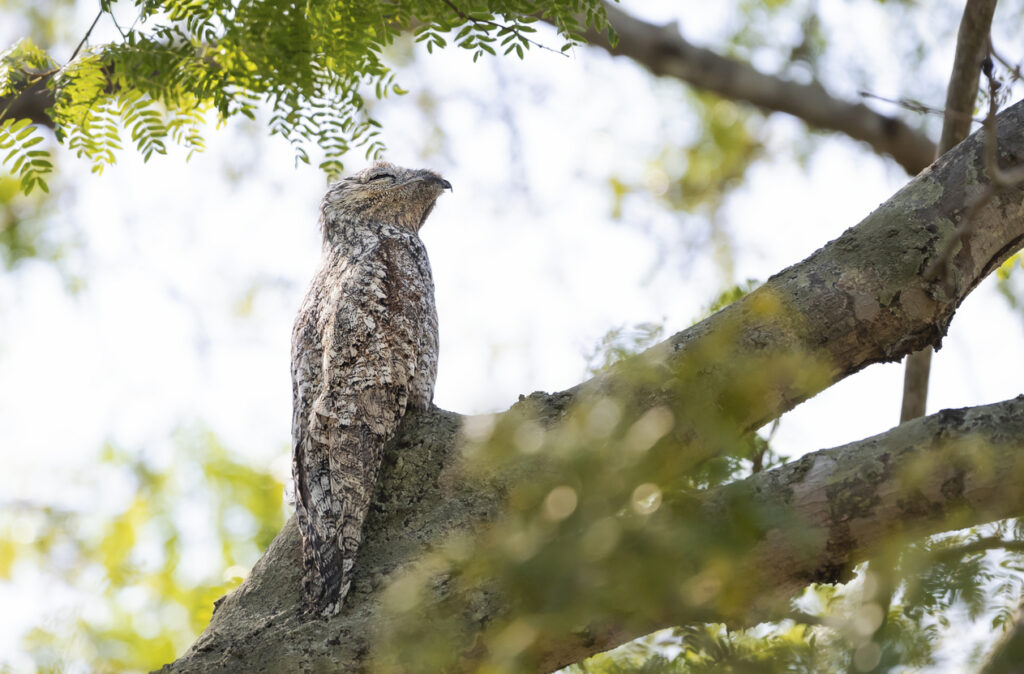
Native to Central and South America, the great potoo is a master of stillness. Perched upright on a tree stump or branch, it looks exactly like part of the wood. Its mottled feathers, long body, and motionless posture make it almost impossible to distinguish from its perch. Even its behaviour adds to the disguise. It freezes completely during the day and only becomes active at night. You could walk right past one and never know it was there.
Flounders
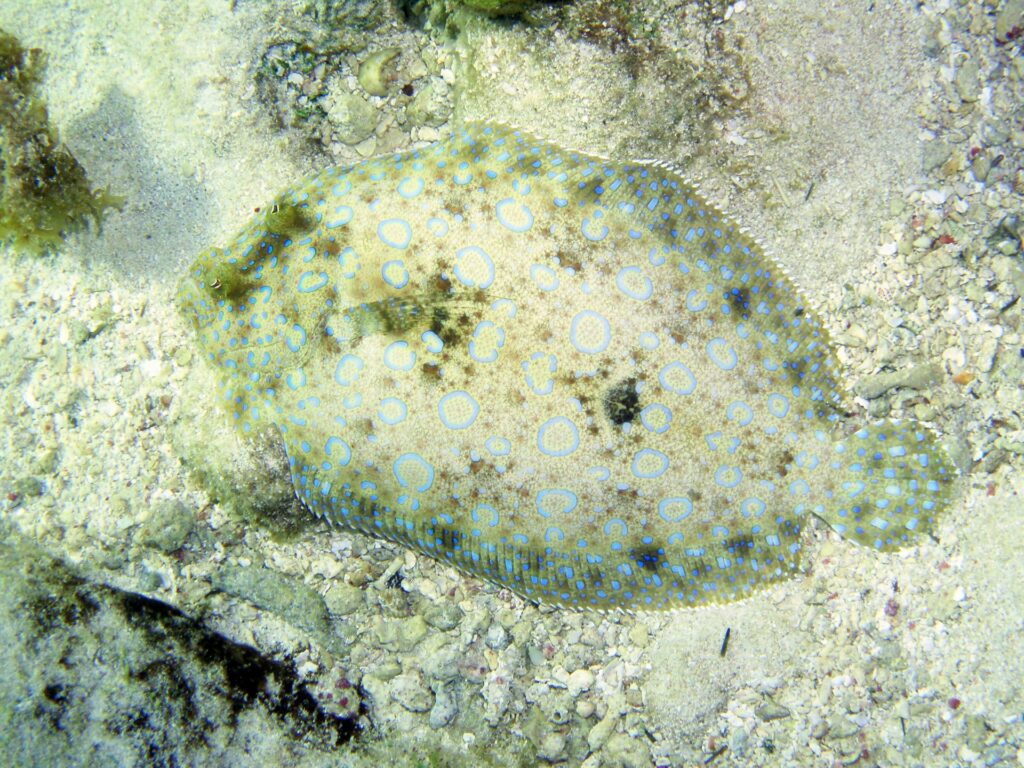
Flatfish like flounders lie on the sea floor and can change their skin colour to match their surroundings. They use specialised cells called chromatophores to do this, adjusting in real time based on the light and texture of the substrate. Some species can even mimic the pattern of gravel, sand, or algae. Their eyes, both on one side of their body, rotate independently, helping them scan for threats or prey while staying hidden.
Stick insects
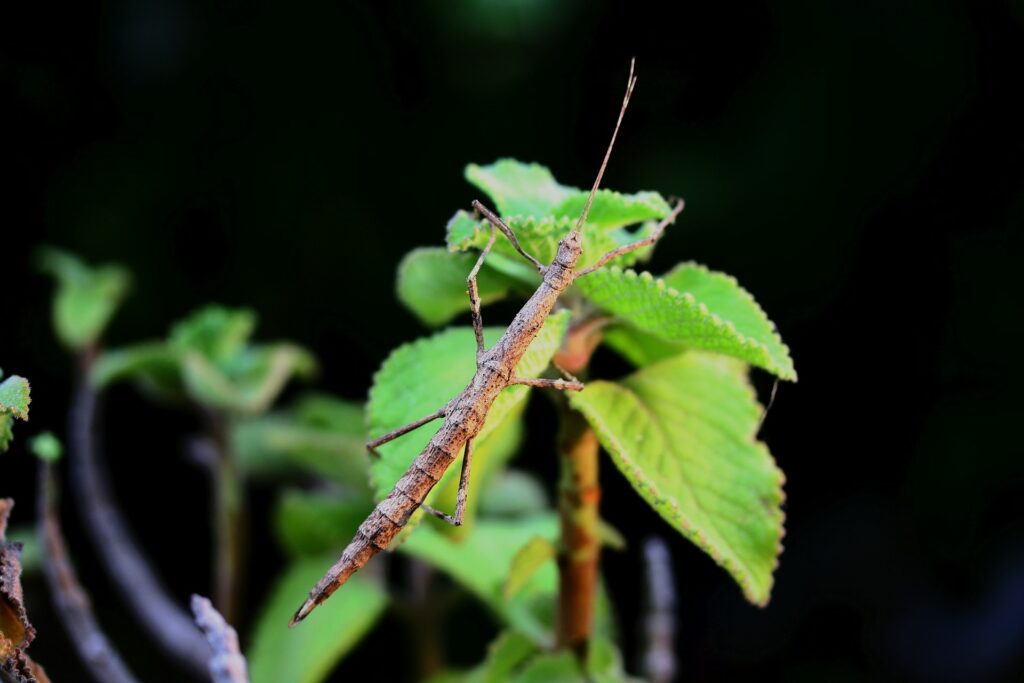
Stick insects have one of the most convincing disguises in nature. Their long, slender bodies mimic twigs, complete with knobby joints and bark-like colouring. Some even grow tiny projections that look like moss or lichen. They’re mostly nocturnal, and during the day, they remain completely still, often posed in a way that perfectly mirrors a branch or stick. Predators walk right past them.
Common toads
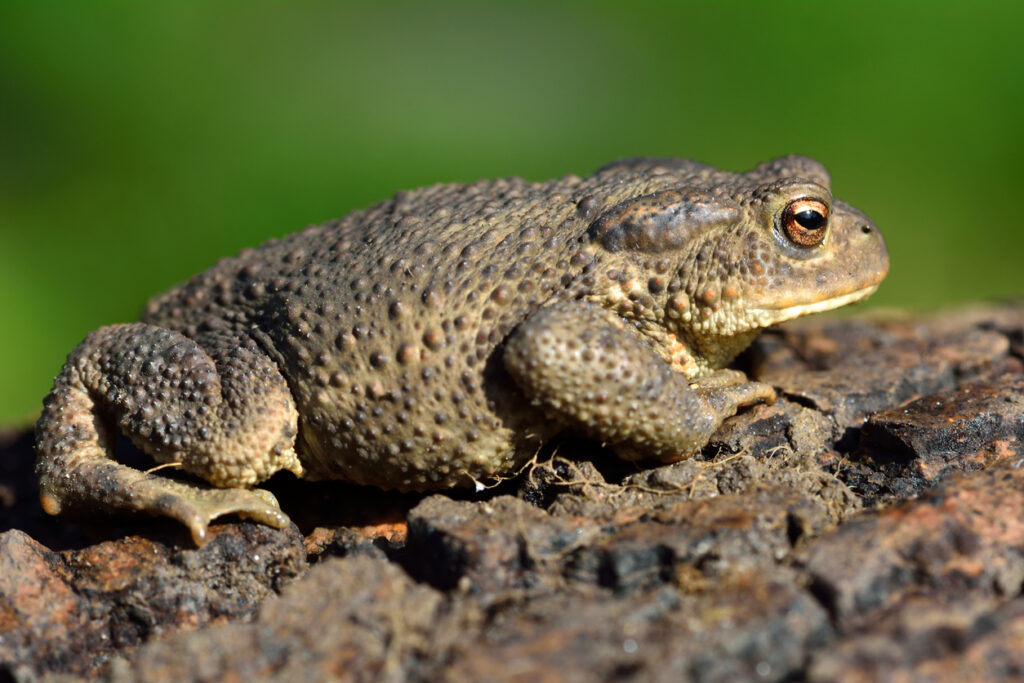
Unlike some of the more dramatic camouflagers, common toads rely on subtle pattern matching. Their mottled skin and earthy colours let them blend into forest floors, leaf litter, and soil. They also have a habit of staying very still when threatened, relying on their appearance rather than escape speed. It’s simple, but effective, especially in environments where visual predators are always watching.
Marine flatworms

Some marine flatworms mimic the colouration of more dangerous creatures like nudibranchs or sea slugs, adopting bright, toxic-looking patterns. Others blend into reef backgrounds with rippling edges that resemble soft coral or sponge surfaces. They’re not hiding as rocks or plants; they’re hiding in plain sight by copying something predators don’t want to touch. It’s camouflage through impersonation.
Why camouflage still works
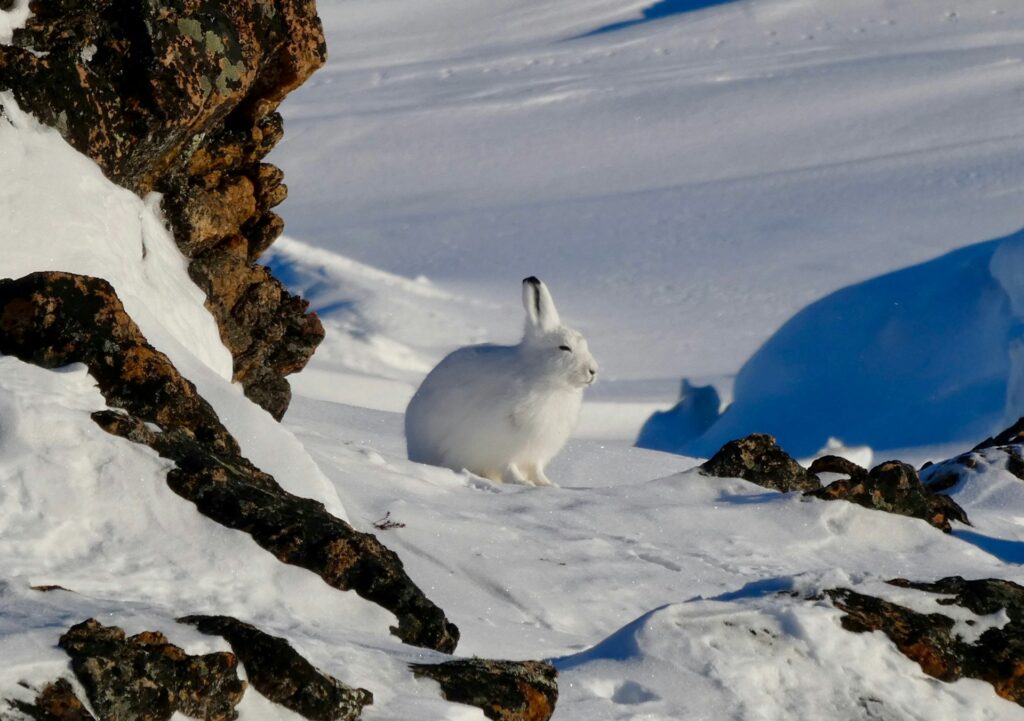
Camouflage is one of the oldest survival strategies in nature, and it’s still working. Whether it’s complete invisibility, decoy patterns, or colour-changing magic, these adaptations show how finely tuned animals are to their environments. It’s not about disappearing entirely; it’s about avoiding attention long enough to stay alive.
In ecosystems filled with predators, prey, and constant movement, the ability to go unnoticed is often more powerful than any teeth or claws. And in a world where standing out often gets rewarded, these creatures remind us there’s real power in knowing how to blend in.